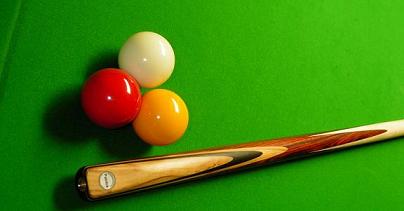Your cart is currently empty!
How to Play English Billiards
How to Play English Billiards, An Intricate and Complex Game that Pre-dates Snooker

You can’t hide in the game of Billiards. It requires much more than exquisite touch and visionary precision and it is why Mark Twain bestowed on the world in a speech on April 24th 1906 “The game of billiards has destroyed my naturally sweet disposition.”
It can be a frustrating game but therein lies its addictive nature which makes Billiards exhilarating!
Traditionally the game has three balls, the cue ball and two object balls which traditionally were two white balls.
To distinguish between the two white-coloured balls one is marked with a black spot at opposite extremities and called a Spot while the other white ball is called, plain. Each player uses either white ball which is determined before the game starts.
However, more recently one of the white balls has been swapped for a yellow ball which makes the game easier to follow when broadcast on television. Billiard Shop sells Billiards packs containing white, yellow and red.
As Billiards is a scoring game the player that scores the most points wins and there are three ways in which to score, by cannons, losing hazards and winning hazards.
Cannons: A cannon is made by causing the cue ball to contact the two object balls in succession. Two points are scored by a cannon whether it is from white to red, or red to white.
Losing Hazards: A losing hazard is when you sink your cue ball after contact with one of the two object balls. A losing hazard off the red is rewarded three points and off the white (or yellow) is two. This play is referred to as a “Loser”
Winning Hazards: A winning hazard or Pot is made by pocketing one or both of the object balls. Potting the red ball scores 3 points and potting the white (or yellow) two.
The real skill of the game is making combinations shots and is such scenarios the following points apply:
- When a losing hazard and cannon are made in one stroke, the player scores two points for the cannon and two for the hazard. If the white ball (or yellow) is struck first it is two points for the cannon and if the red is struck first it is three points for the hazard.
- If both object balls are struck simultaneously and a hazard is made as well, two points are scored for the cannon and two for the hazard.
- If more than one hazard or a combination of hazards and cannons are made in the same stroke, all are scored.
So with that knowledge, it is time to play! And just how long you play for is determined by whether you compete over a predetermined number of points (eg 100, 250 or 500) or to a predetermined time (e.g. 1 hour or 2 hours).
Starting the game is done by a heads or tails coin toss with the winner earning the choice of either the spot or the plain white ball, playing first or second.
The other way is to String. Here each player hits a white ball (or yellow) from the baulk line with the winner being the one whose ball comes to rest nearest the bottom cushion whether it rebounds or not.
At the commencement of the game the red ball is placed on the billiard spot and the opponent’s ball is “in hand”, which is not on the table. The player starting the game places his ball in the “D” and must direct it out of the baulk area.
The opening stroke is to connect with the red ball. The ideal scenario is to send the red to either the right or left-hand pocket in the baulk and bring the cue ball to the side of the table. When confronted with this situation the reply is generally to attempt the cannon from white (or yellow) onto red. If it is missed the opening player has the red to play at for a loser or pot.
When a ball is forced off the table, the balls are then spotted, the red is placed on the billiard spot and the object ball on the centre spot. Every time the cue ball enters a pocket the player must then play from the “D”.
The object white ball (or yellow) stays in the pocket if potted until the opponent’s turn arrives. A player fails to score and gives way to his opponents if his stroke does not result in a cannon, a losing hazard or a winning hazard.
While the player continues to score he remains at the table, and only after missing a stroke does their turn end.
The purpose of the game is, as implied above, to perform as many sequences of cannons, losing and winning hazards as possible. The key to this is to bring the balls to rest with another scoring opportunity. If you do this more than your opponent then you will win, or at least you should.
The tactics are immense and you have to be alert and respond to all possibilities.
The most important tactical area on the Billiards table is the baulk area which is the area on the table between the baulk line and the bottom cushion. In numerous game situations you are confronted with playing out of the baulk area, in other words, it is a no-shooting-backwards zone.
You must play out of the baulk area when the cue ball has entered a pocket as the result of a losing hazard or your opponent has pitted your cue ball from the break.
You may place the cue ball anywhere in the “D” space, including the semi-circular line and the part of the baulk-line that forms the straight part of the “D”. If you place the ball on this line then it must be exactly on it, which means half in and half out.
When forced to play out of the baulk when the object balls are behind the baulk line your natural options are to either try a screw-back, use the cushions or other object balls to find your target.
Sending both object-balls into baulk is called a double-baulk while sending one ball into baulk is a single-baulk. They are both considered safe shots.
It’s why scoring off a double-baulk is difficult and why the baulk area is an important part of safety or defensive play.
The amazing thing about playing Billiards is that you are in a constant state of learning. It’s been this way for more than a hundred years with the current rules largely the ones adopted by the games governing body in England in 1899.
It is one of the oldest sporting world championships, dating back to 1869.
But when you do play remember to keep your sense of humour so as not to destroy your naturally sweet disposition and let the good times roll!
To play Billiards is a fun way to enjoy a game that has been played for around 300 years of years, give it a try.
Video Tutorial – How to Play English Billiards
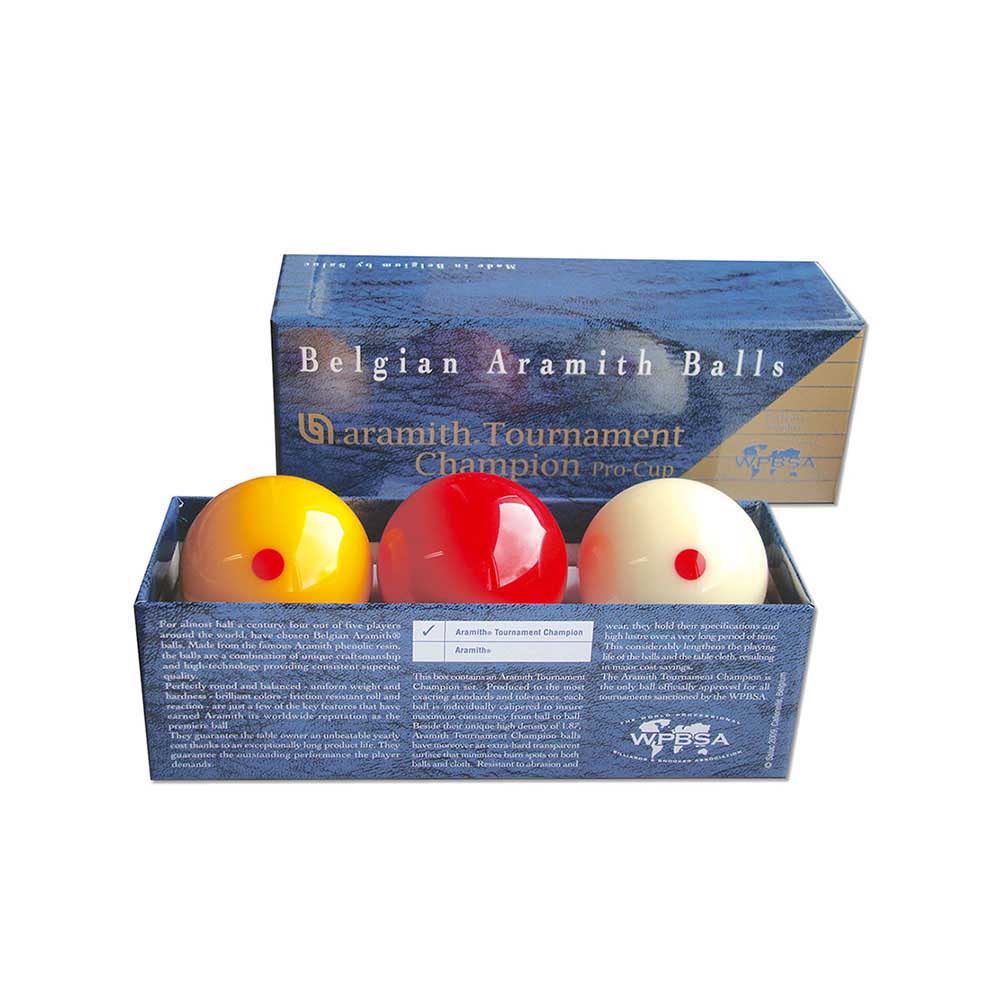
Want to learn to play Billiards with the Aramith Premier Billiard Balls Set or the Aramith Pro Cup Billiard Set?
or you could use the white, yellow and a red ball from a Snooker set
↓
Use Snooker Balls for English Billiards
*If you want to purchase these for your store, contact us at palko.com.au for wholesale prices
-
Product on sale
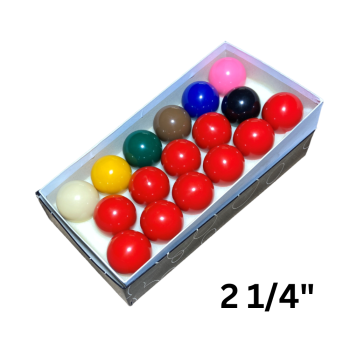 Snooker Balls for USA Pool Tables – 2 1/4″Original price was: $120.00.$108.00Current price is: $108.00.
Snooker Balls for USA Pool Tables – 2 1/4″Original price was: $120.00.$108.00Current price is: $108.00. -
Product on sale
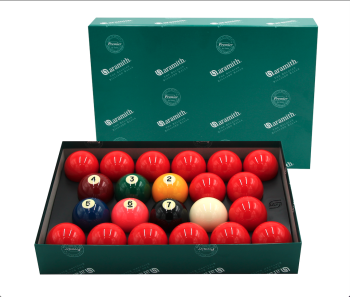 Aramith American Snooker Balls – 2 1/4″Original price was: $295.00.$265.50Current price is: $265.50.
Aramith American Snooker Balls – 2 1/4″Original price was: $295.00.$265.50Current price is: $265.50. -
Product on sale
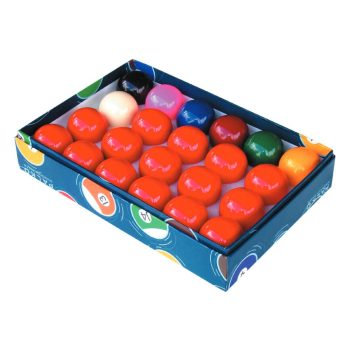 Snooker Balls 2 1/16″Original price was: $120.00.$108.00Current price is: $108.00.
Snooker Balls 2 1/16″Original price was: $120.00.$108.00Current price is: $108.00. -
Product on sale
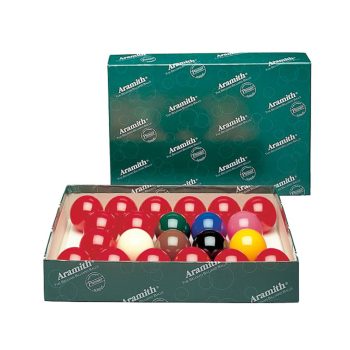 Aramith Premier Snooker Balls$162.00 – $202.50
Aramith Premier Snooker Balls$162.00 – $202.50 -
Product on sale
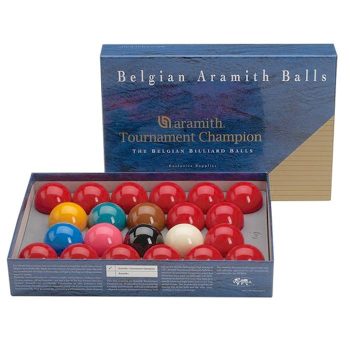 Aramith Tournament Champion 2 1/16 Snooker BallsOriginal price was: $495.00.$445.50Current price is: $445.50.
Aramith Tournament Champion 2 1/16 Snooker BallsOriginal price was: $495.00.$445.50Current price is: $445.50. -
Product on sale
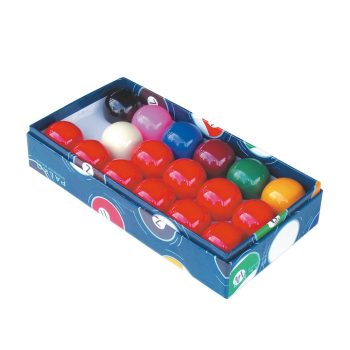 2 inch Snooker BallsOriginal price was: $95.00.$85.50Current price is: $85.50.
2 inch Snooker BallsOriginal price was: $95.00.$85.50Current price is: $85.50. -
Product on sale
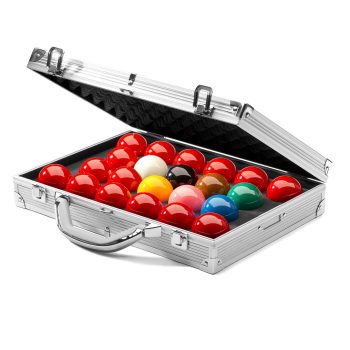 Aramith Tournament Champion 1G Snooker BallsOriginal price was: $545.00.$490.50Current price is: $490.50.
Aramith Tournament Champion 1G Snooker BallsOriginal price was: $545.00.$490.50Current price is: $490.50.
